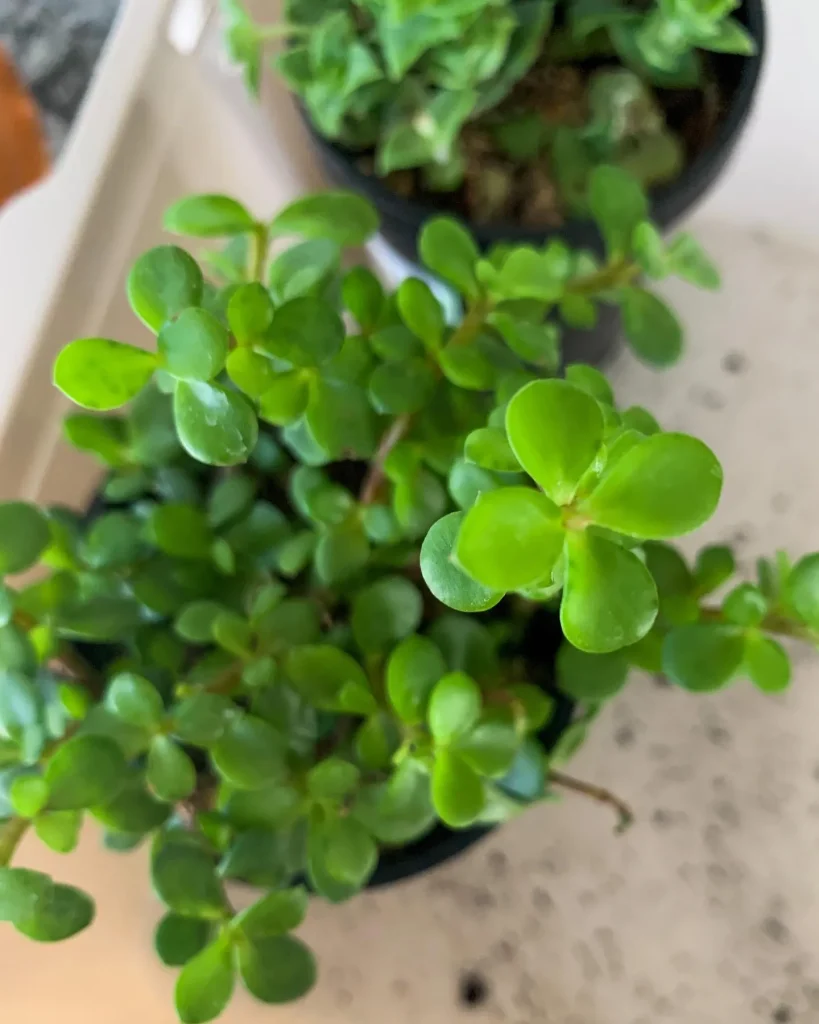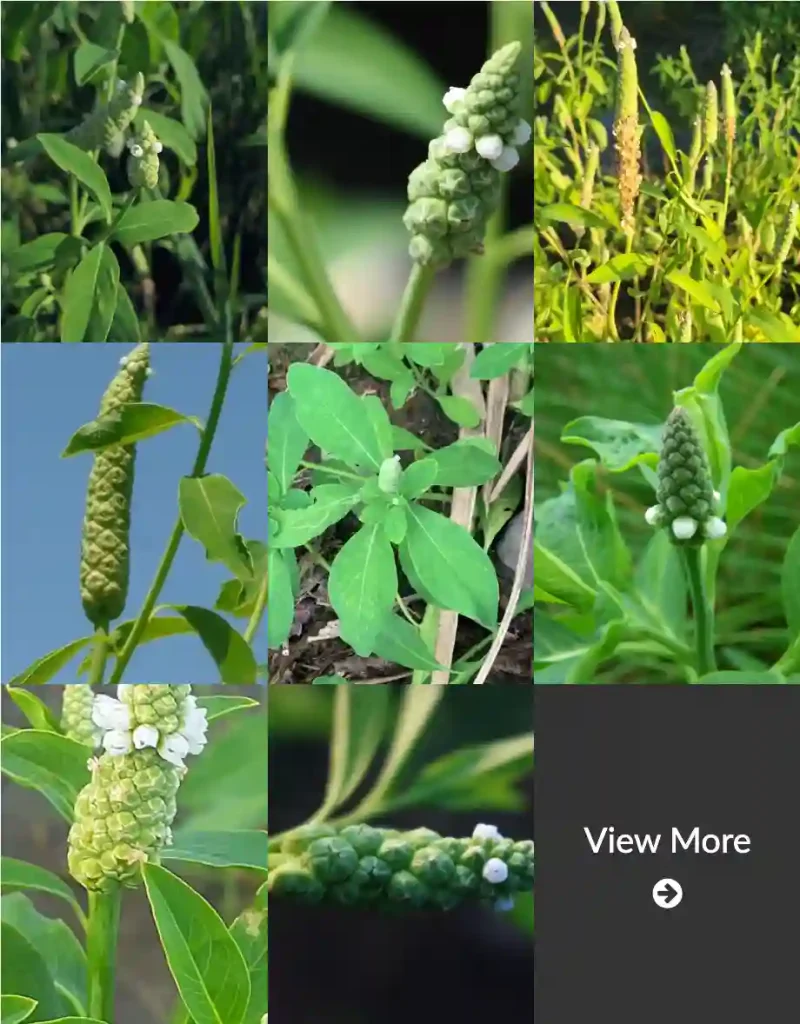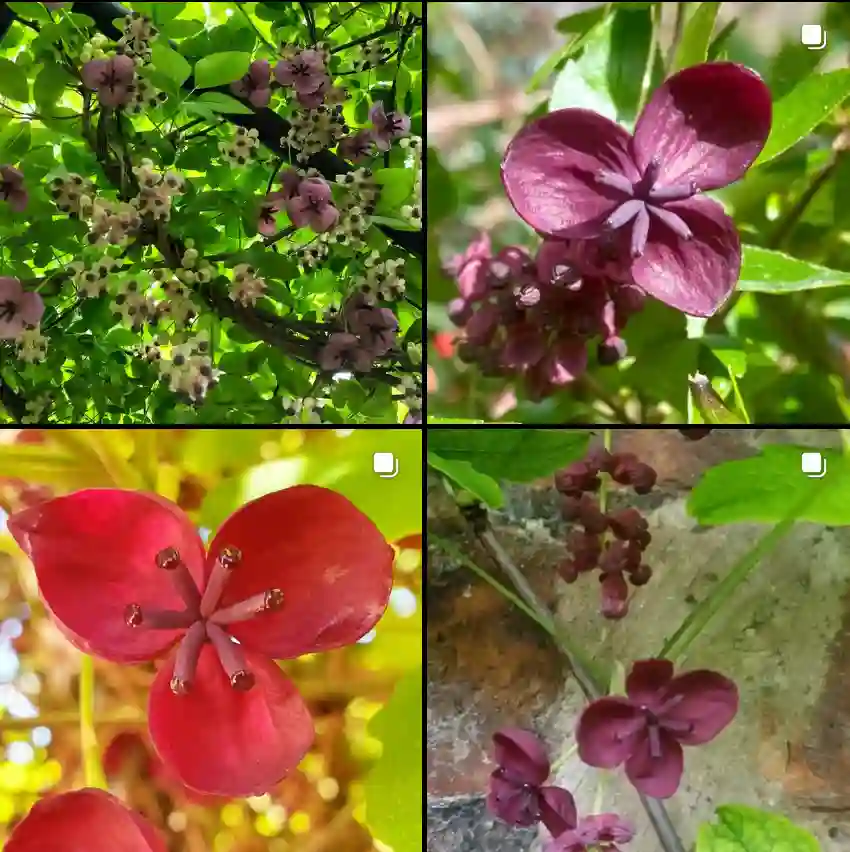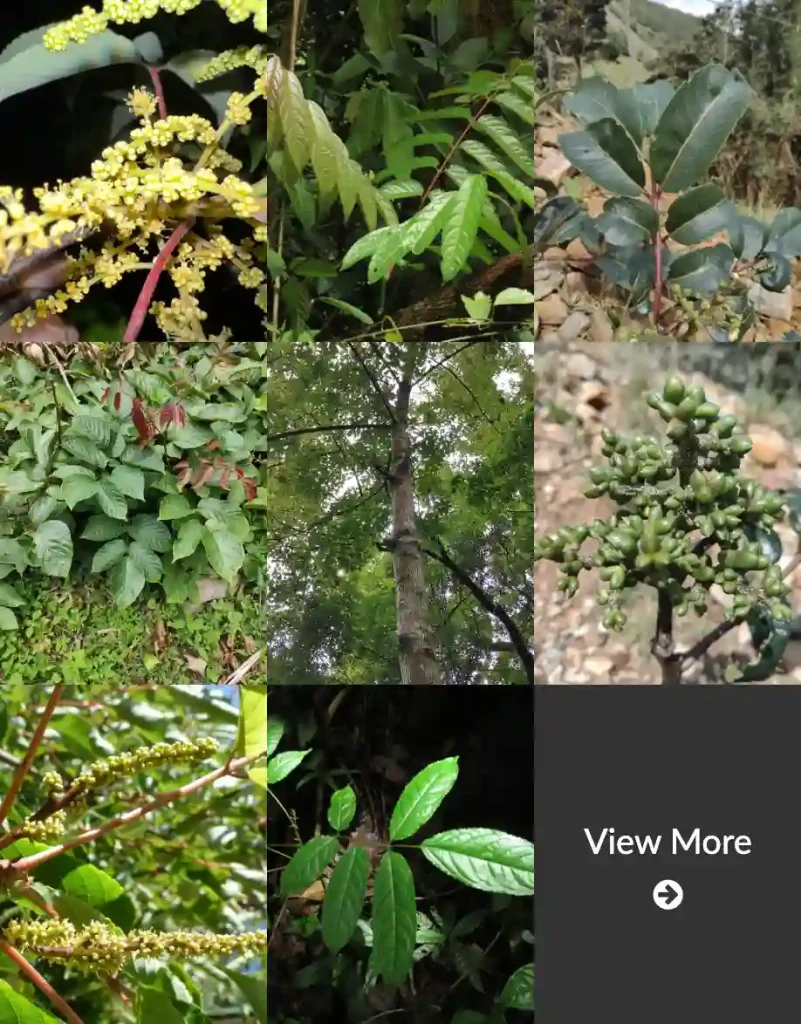
Frequently Asked Questions About Hovenia Dulcis
As a plant enthusiast, I’ve encountered many fascinating species, and Hovenia Dulcis, commonly known as the Japanese Raisin Tree, is certainly one of them. Over the years, I’ve been asked numerous questions about this intriguing plant, and today, I’m excited to share some insights into its various aspects.
What Is Hovenia Dulcis?
Hovenia Dulcis is a deciduous tree belong to the Rhamnaceae family, native to East Asia, particularly Japan, China, and Korea. Known for its unique appearance and beneficial properties, it can grow up to 30 feet tall and features broad, ovate leaves. The tree is famous for its small, fragrant flowers and the sweet, raisin-like fruits that develop from them. These fruits are not only appealing but also have a variety of uses in traditional medicine.
Plant Family: 65 Genera in Rhamnaceae – Buckthorn/Jujube Family
How Does Hovenia Dulcis Work?
Hovenia Dulcis is primarily known for its potential health benefits. Its fruits contain compounds that are believed to have detoxifying properties. In traditional medicine, it’s used as a remedy for hangovers and liver health. The plant’s active compounds, such as flavonoids and polysaccharides, are thought to support liver function and improve overall wellness. While more research is needed, these traditional uses are supported by anecdotal evidence and historical practices.
Where to Buy Hovenia Dulcis?
Finding Hovenia Dulcis can be a bit challenging, as it’s not as commonly available as other garden plants. However, it can be purchased from specialty nurseries that focus on Asian or exotic plants. Online plant retailers and forums dedicated to rare plants are also good places to search. If you’re looking for seeds, try specialized seed suppliers or online marketplaces where enthusiasts gather.
How to Care for Hovenia Dulcis?
Caring for Hovenia Dulcis involves understanding its specific needs. This tree prefers well-drained soil and thrives in full sun to partial shade. It is relatively hardy but benefits from regular watering, especially in dry periods. Pruning is important to maintain its shape and encourage healthy growth. Be sure to protect young trees from harsh winter conditions, as they can be sensitive to extreme cold.
How to Propagate Hovenia Dulcis?
Propagation of Hovenia Dulcis is typically done through seeds or cuttings. If you’re using seeds, sow them in a well-draining potting mix and keep them moist. Germination can take several weeks. For cuttings, take a healthy branch and plant it in a rooting medium. It’s helpful to use a rooting hormone to increase the chances of successful rooting. Both methods require patience and proper care to ensure successful propagation.
Can You Grow Hovenia Dulcis Indoors?
Growing Hovenia Dulcis indoors can be challenging due to its size and light requirements. While it’s possible to grow it in a large container, it requires plenty of natural light to thrive. If you’re in a region with harsh winters, growing it indoors can protect it from frost. However, providing the right conditions for growth—such as adequate light, space, and moisture—is crucial for indoor cultivation.
Is Hovenia Dulcis Toxic?
Hovenia Dulcis is generally not considered toxic to humans or pets. Its fruits and leaves have been used in traditional medicine without significant reports of toxicity. However, as with any plant, it’s important to use it responsibly and consult with a healthcare professional if you plan to use it for medicinal purposes. Keep an eye on your pets and children to ensure they don’t consume large quantities of any plant material.
Benefits of Hovenia Dulcis
The primary benefits of Hovenia Dulcis are its potential liver-supporting and detoxifying properties. In traditional medicine, it’s valued for its ability to help with liver function and to alleviate hangover symptoms. The fruit’s natural sweetness also makes it a pleasant addition to recipes and herbal preparations. Additionally, its attractive appearance and relatively easy care make it a valuable addition to gardens and landscapes.
Common Problems with Hovenia Dulcis
Like any plant, Hovenia Dulcis can face some issues. Common problems include susceptibility to pests such as aphids and scale insects. Proper monitoring and treatment can help manage these pests. Additionally, poor drainage can lead to root rot, so ensuring well-draining soil is essential. Frost damage is also a concern in colder regions, so winter protection is important for young trees.
Compare Hovenia Dulcis with Similar Plants
If you’re considering Hovenia Dulcis and want to compare it with similar plants, you might look at other medicinal or ornamental trees. For example, compared to the Ginkgo Biloba, Hovenia Dulcis offers different health benefits and has a distinct appearance. While Ginkgo is known for its cognitive benefits, Hovenia is more focused on liver health. Additionally, unlike the fruitless Ginkgo, Hovenia produces edible, sweet fruits that add to its appeal.
Hovenia Dulcis is a remarkable plant with unique attributes and potential health benefits. By understanding its care requirements, propagation methods, and potential issues, you can enjoy this fascinating tree in your garden or indoor space. Whether you’re looking for its health benefits or simply its beauty, Hovenia Dulcis is a plant worth exploring.
If i die, water my plants!



